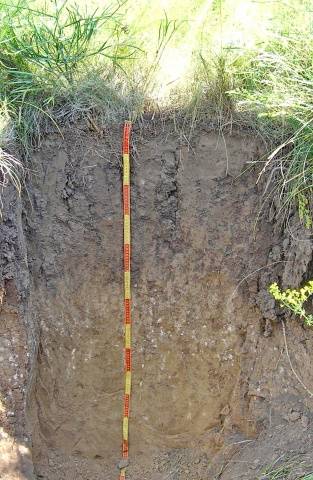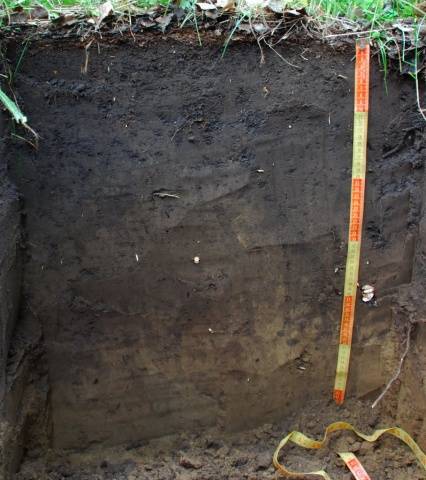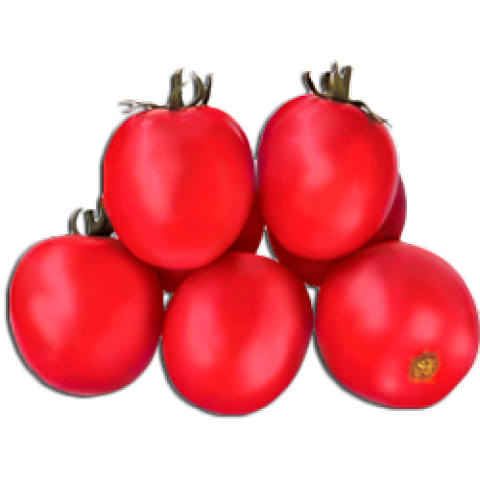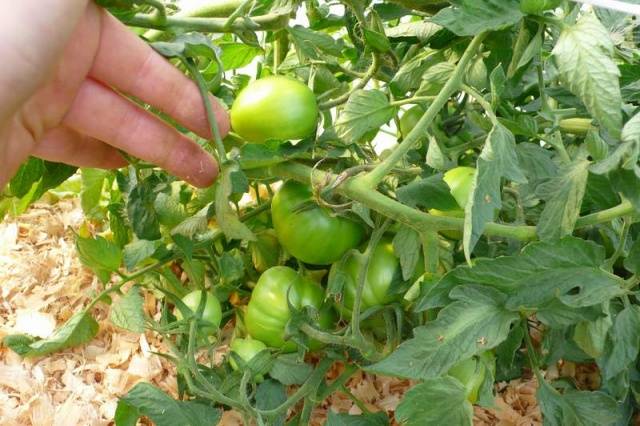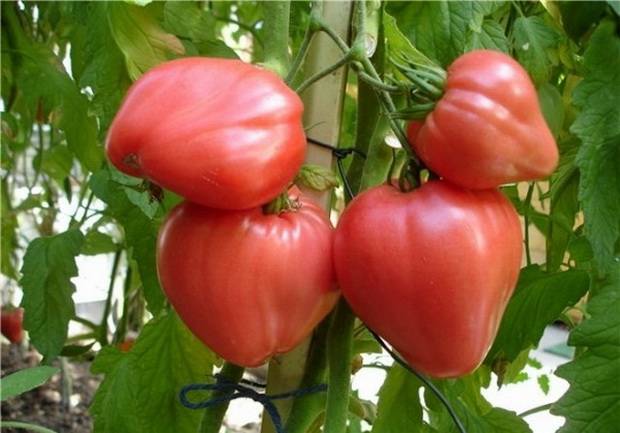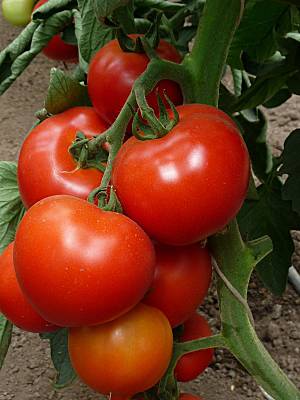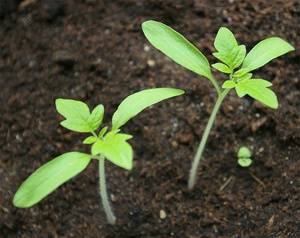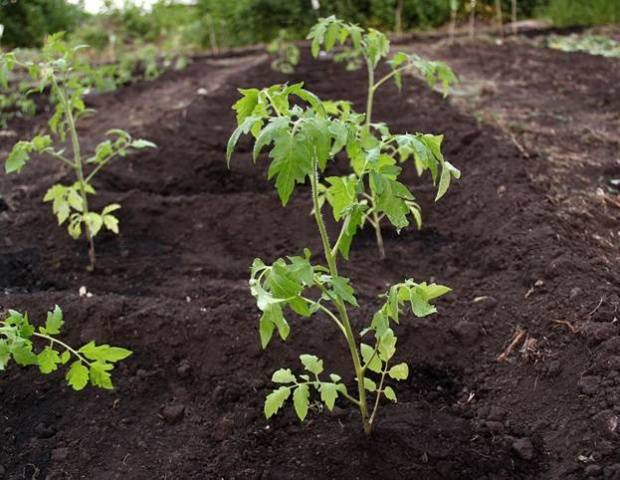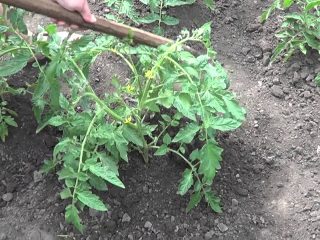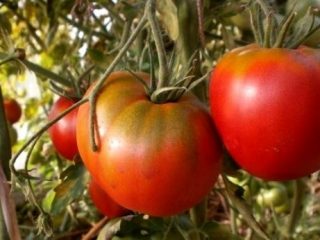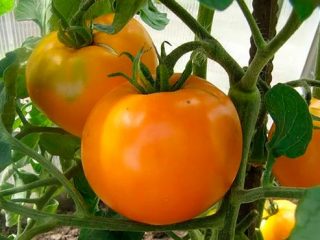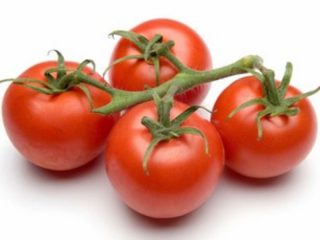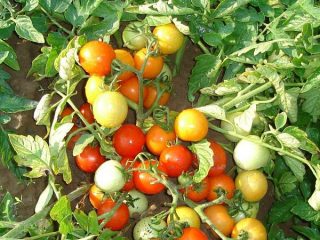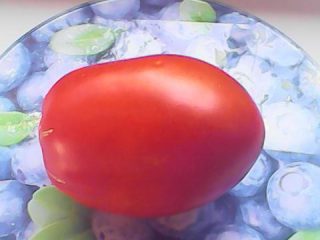Content
The Krasnodar Territory, being a fairly large administrative unit, has a significant variety of climatic conditions. The Kuban River divides it into two unequal parts: the northern flat part, which occupies 2/3 of the entire territory of the region and has a fairly arid climate, and the southern foothill and mountain part, which receives an order of magnitude more natural precipitation than the steppe part.
When growing tomatoes in the Krasnodar region, these nuances must be taken into account. If in the foothills on the sea side south of Tuapse there is a humid subtropical climate native to tomatoes, then to the north growing tomatoes will be difficult in the semi-dry Mediterranean climate due to lack of water. In the flat part of the region, tomato bushes often simply burn out under the hot sun with a lack of moisture in the air and soil. In general, the Krasnodar Territory is characterized by hot summers and fairly mild winters.
The soil in the steppe part of the region consists of carbonate and leached chernozems. These types of soil have good water permeability. Carbonate chernozem is poor in phosphorus, while leached chernozem requires the application of potassium and nitrogen fertilizers.
Carbonate black soil
Leached black soil
Based on high summer temperatures, you should choose tomato varieties in the Krasnodar region. A variety grown in open ground must be adapted to these conditions and be drought-resistant. The foliage of the tomato bush should be large and dense so that the fruits can be protected from the sun by the leaves. In these varieties, tomatoes grow as if inside the bush.
Varieties for the Krasnodar region
In particular, one of these tomato varieties is Asvon F1 from the seed producer “Kitano”, recommended for industrial cultivation for the purpose of further whole-fruit preservation.
Variety "Asvon F1"
The variety began to be grown in the Krasnodar region at the insistence of canned vegetable producers. This tomato fully meets the needs of the industry in the field of whole-fruit canning. Small tomatoes, whose weight does not exceed 100 g, but is usually 60-70 g, do not crack when preserved.
The pulp is dense, sweet, with a high content of saccharides. Tomatoes can be round or slightly elongated. Most often spherical.
This early tomato hybrid is intended for open ground. The variety is also quite suitable for growing on a personal plot, since it has a universal purpose, plus a high yield of 9 kg of tomatoes per bush. Like most hybrids, it is resistant to diseases.
The bush of this tomato variety is determinate, very compact. During fruiting, the bush is literally strewn with tomatoes. You can see how it looks in reality in the video.
The only drawback of the variety is its demands on soil nutrition, which is not surprising with so many tomatoes.
Features of agricultural technology
This variety of tomatoes can be grown through seedlings or without seedlings. The variety requires light nutritious soil. The ideal option is a mixture of humus and sand.
In the case of growing tomatoes without seedlings, tomato seeds are sown in soil richly flavored with humus, sprayed with water and covered with film. Plants with this method grow strong and hardened, not afraid of cold and disease.
The tomato bush is fed at least 4 times during the growing season, alternating organic matter with mineral feeding.
Bushes of this variety do not require shaping. If necessary, you can tie them to a support and remove the lower leaves for better ventilation.
When looking for an answer to the question “which varieties of tomatoes, except early ones, are suitable for open ground,” pay attention to the varieties “New Kuban” and “Gift of Kuban.”
Variety “Gift of Kuban”
The photo clearly shows a sign of southern tomato varieties: large, dense foliage in which the tomatoes are hidden. This tomato variety was bred for open ground in the southern regions, which includes the Krasnodar Territory.
Mid-season tomato. It takes 3.5 months for tomatoes to ripen. The tomato bush is medium-sized, up to 70 cm, of determinate type. The inflorescences are simple, each cyst contains up to 4 tomatoes.
The tomato is round, slightly pointed at the bottom. The average weight of a tomato is 110 g. A ripe tomato is red. The taste of tomatoes is excellent. The yield of this tomato variety in Kuban is up to 5 kg/m².
The variety is resistant to blossom end rot and cracking. The purpose is universal.
Variety “New Kuban”
Despite the fact that the name of the variety is “New Kuban”, the tomato was a novelty more than 35 years ago, but is still popular. Bred at the Krasnodar breeding station.
The variety is medium late, intended for open ground in the Krasnodar region. The harvest ripens 5 months after sowing the seeds. Medium-leaved, ultra-determinate bush (20-40 cm), standard. Can be grown on an industrial scale and is suitable for mechanized harvesting. On private farms, it does not require frequent harvesting of tomatoes and allows for infrequent harvesting.
Tomatoes are shaped like a stylized heart. Ripe tomatoes are rich pink in color. The weight of the tomato is about 100 g. The ovaries are collected in clusters, with an average of 3 tomatoes in each. The yield of the variety with a single mechanized harvest is 7 kg/m².
Initially, this variety of tomatoes was intended for the production of tomato products. It has high fruit quality, rated 4.7 points. For this reason, when grown on personal plots, the variety is used as a universal one.
If you plant all three of these varieties of tomatoes, then, replacing each other, they will bear fruit until frost.
As a large-fruited salad tomato variety, we can recommend the first generation tomato hybrid “Fatty F1”
Variety "Fatty F1"
A variety, more precisely, a hybrid from the SeDeK company, intended for open ground and booths. The variety is mid-season; you will have to wait 3.5 months to harvest. The tomato bush is medium-sized, up to 0.8 m tall, with limited stem growth.
Tomatoes grow weighing up to 0.3 kg, spherical in shape. Collected in bunches of 6 tomatoes each. Ripe tomatoes of classic red color. Salad variety. The yield of the variety is average.In a booth it brings up to 8 kg of tomatoes per m²; in the open air the yield is lower.
The advantages of the variety include its resistance to tomato diseases, the disadvantages are the need to form a bush and tie it to a support due to the tomatoes being too heavy.
Recommendations from Kuban gardeners
Owners of vegetable gardens in the Krasnodar region noticed that there is no particular difference between tomatoes grown through seedlings and without seedlings. Seeds sown directly into the ground germinate later than seedlings, but then the seedlings catch up and overtake the seedlings. But such plants are not afraid of low night temperatures and are less susceptible to diseases.
How to sow tomato seeds in the ground correctly
In the Kuban, gardeners have adapted to sowing sprouted and dry tomato seeds alternately, insuring themselves against weather troubles. The sprouted ones will grow earlier, but in case of return frosts the seedlings will die. Then they will be protected by seeds sown dry. If there are no troubles, then the seedlings will need to be thinned out.
After standard preparation of seeds for sowing: disinfection, heating, washing, some of the tomato seeds are germinated.
Seeds of different tomato varieties germinate differently. Some need 2-3 days, while others need more than a week. Taking this into account, you should try to germinate tomato seeds by mid-April. Usually by this time in the Krasnodar Territory the earth has already warmed up enough to allow early planting of vegetables.
Remembering that tomatoes are usually planted according to a 0.4x0.6 m pattern, holes are made with sides of 40x40 cm.
After the entire area, sprouted and dry seeds are evenly distributed.With this technique, seed consumption is increased, but this protects against failure. The holes are not covered with anything. The emerging seedlings grow very slowly at first.
Thinning
First time Tomato seedlings are thinned after a pair of true leaves appear. You should try to leave those seedlings that are located at a distance of about 7 cm from each other, naturally, in any case, removing weak shoots of young tomatoes.
Second time thin out after the appearance of the 5th leaf, increasing the distance between young tomatoes to 15 cm.
For the third and last time 3 to 4 tomatoes are left in the hole at a distance of 40 cm from each other. Excess plants can be removed or transplanted to another location. In the second case, before the last thinning, the hole is thoroughly watered to soften the soil. Excess tomato seedlings are carefully removed along with a lump of earth and transferred to a new location.
Transplanted tomatoes are watered with root growth stimulants. After the last thinning, all young tomato bushes must be mulched to avoid the appearance of a dry crust on the soil or loosen the soil after each watering.
Further care for tomatoes is carried out according to standard methods.
Bushes “burn” in the sun
Tomato bushes can be protected from being burned by the sun by shading with non-woven material. The use of polyethylene film for these purposes is undesirable, since it does not allow air and moisture to pass out; as a result, condensation accumulates under the film, humidity increases, and along with humidity, the risk of late photobosis increases.
Non-woven covering material allows air and moisture to pass through, preventing condensation from collecting, but protects the bushes from the burning sun.Without this protection, according to the testimony of gardeners in the region, in other years the harvest was completely burned. The leaves curled up from the heat were unable to protect the fruits from the sun's rays.
If you manage to protect the tomatoes growing on the fertile Kuban soil from the sun and drought, they will reward you with a bountiful harvest.
